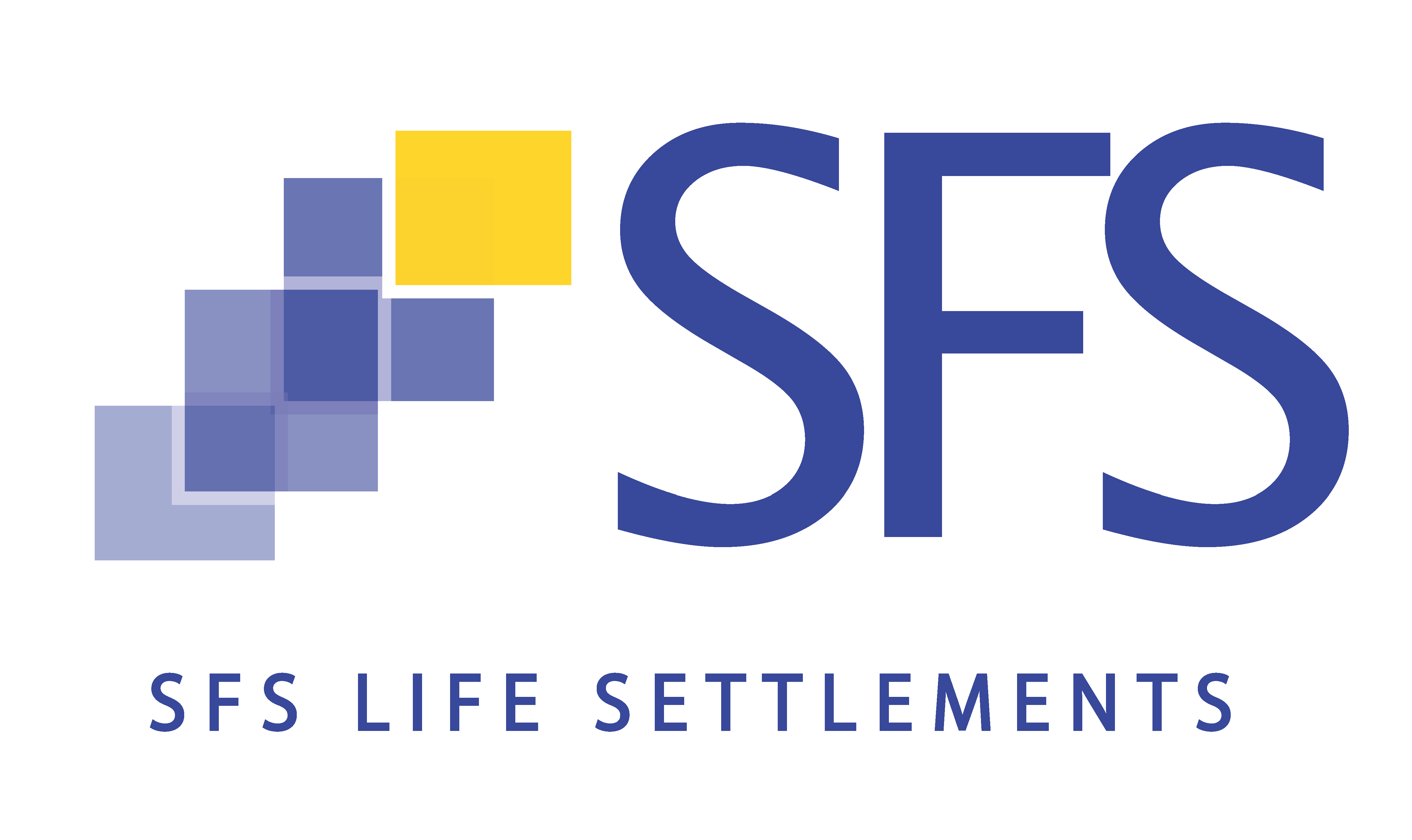Introduction:
Imagine your client has a life insurance policy they no longer need, want, or can afford. Maybe it’s a term policy nearing the end of its level premium period. Maybe it’s a universal life policy with skyrocketing premiums. Most advisors recommend surrendering the policy or letting it lapse.
But there’s a better option — and it’s one that most clients (and many advisors) don’t even know exists.
It’s called a life settlement. And in the right circumstances, it could be worth hundreds of thousands more than surrendering the policy.
At SFS Life Settlements, we’ve spent 18 years helping advisors and their clients unlock real value from policies that would otherwise go to waste. This article breaks down the life settlement process, who qualifies, how it works, and why it’s often one of the most underutilized tools in modern financial planning.
What Is a Life Settlement?
A life settlement is the sale of an existing life insurance policy to a third-party institutional buyer for a cash payment. The buyer takes over the policy, pays the future premiums, and collects the death benefit when the insured passes away.
Why would someone sell a policy?
- They no longer need the coverage
- Premiums have become unaffordable
- Their financial or estate plan has changed
- They’d rather use the policy’s value now for healthcare, retirement, or legacy planning
Bottom line: A life insurance policy is an asset. Like a house or stock portfolio, it can be sold — and often for far more than the cash surrender value.
Who Qualifies for a Life Settlement?
There’s no one-size-fits-all answer, but most life settlement candidates share the following traits:
✅ Age:
Typically age 65 or older. However, younger individuals with significant health impairments may qualify too.
✅ Policy Type:
- Universal Life (UL) and Guaranteed UL (GUL)
- Whole Life (sometimes)
- Convertible Term (if nearing conversion deadline)
✅ Policy Size:
Minimum $100,000 face value. Most transactions are between $250,000–$5,000,000+.
✅ Health Status:
While poorer health may increase value, healthy individuals can still qualify, especially with the right type of policy (e.g., GUL).
Real-World Example:
Let’s say your client has a $5 million policy with $200,000 in cash value. It’s becoming a financial burden. They’re considering surrendering it.
With a life settlement, we helped that client sell the policy for $1.75 million.
That’s over 8x what they would have received from the insurance company.
Even if the policy were only $250K, the return could still be significant — and much greater than a surrender.
The Awareness Problem
According to industry publications like The Deal and Conning Research, it’s estimated that only 3,000 to 4,000 life insurance policies are sold each year as life settlements.
Yet, it’s believed that $150–$200 billion in life insurance face value is potentially eligible.
That means 98%+ of qualifying policies are never reviewed, never sold, and never monetized.
The main reason? Lack of awareness.
Most clients don’t know this option exists. And surprisingly, many financial advisors, wealth managers, insurance brokers, and estate planners haven’t conducted a single life settlement for a client.
Policy Types That Often Qualify
| Policy Type | Qualifies for Life Settlement? | Details |
| Guaranteed UL (GUL) | ✅ Yes | Especially if it’s over $500K and in-force |
| Universal Life (UL) | ✅ Yes | Often with rising premiums |
| Whole Life | Sometimes | Depending on structure and cash value |
| Term (Convertible) | ✅ Yes | Must convert to permanent before settlement |
| Term (Non-convertible) | Rarely | Cannot be sold as-is |
Key Benefits of Life Settlements
- Liquidity: Access cash now for retirement, healthcare, or other needs
- Premium Relief: Eliminate ongoing premium obligations
- Fiduciary Duty: Offer clients all options, not just surrender or lapse
- Value Maximization: Receive significantly more than the cash surrender value
When Should Advisors Consider a Life Settlement?
Life settlements are especially worth exploring when:
- A policy is about to lapse due to unaffordable premiums
- A client is nearing the end of a convertible term period
- A policy no longer aligns with estate planning goals
- A client needs immediate liquidity (e.g., for long-term care)
- The policy was purchased for business purposes that no longer exist
Common Objections — and Why They’re Outdated
“Isn’t that only for terminally ill clients?”
No. While health status can influence value, healthy clients over 65 — especially with GUL policies — may still qualify.
“Isn’t it risky or unethical?”
Life settlements are regulated in 43+ states and backed by institutional investors. In fact, omitting this option could be seen as a fiduciary oversight.
“Isn’t it rare?”
It’s not rare — it’s just underutilized. Billions in value change hands each year through life settlements.
How SFS Life Settlements Helps
For over 18 years, SFS Life Settlements has partnered with:
- Financial advisors
- Insurance brokers
- Estate planners
- General agencies
We provide:
✅ No-cost policy reviews
✅ Access to over 40 life settlement funders
✅ Fiduciary-first recommendations
✅ Support through the entire transaction
✅ Clear documentation for your compliance team
Case Study Recap:
📄 Client: 72-year-old male
📝 Policy: $5M Universal Life
💰 Cash Surrender Value: $200K
✅ Life Settlement Payout: $1.75M
🎯 Net Result: Over $1.5M in additional value unlocked
Conclusion: Don’t Let Clients Miss Out
You wouldn’t let your client ignore a six-figure stock portfolio. So why let a valuable life insurance policy lapse or surrender without exploring alternatives?
If your clients are over 65 and holding onto life insurance policies they no longer want, need, or can afford — it’s time to consider a life settlement.
Want to learn how we can help?
📞 Want to review a case?
Let us provide a no-cost policy valuation — and find out if your client is sitting on a hidden financial asset.
